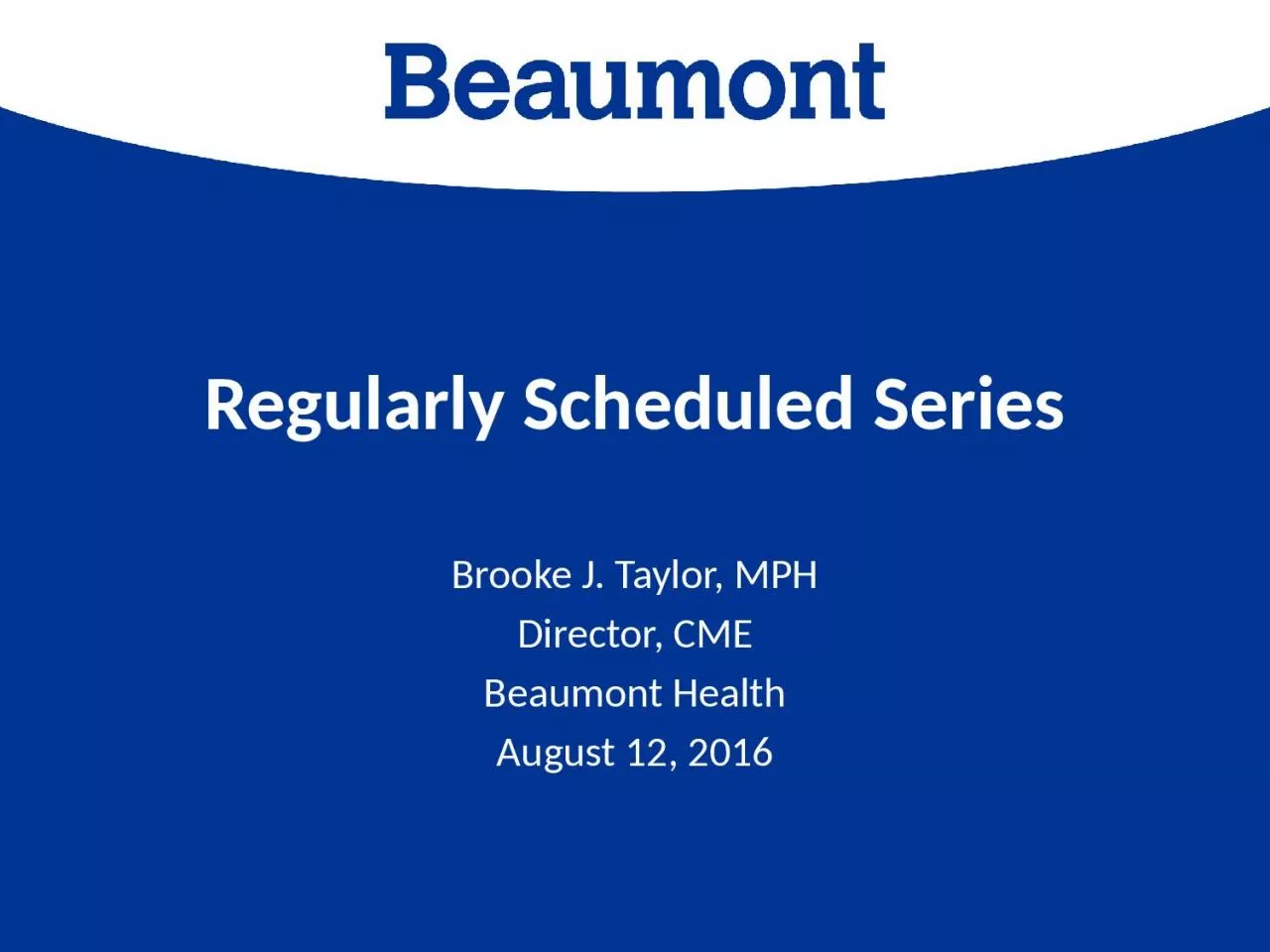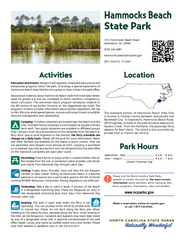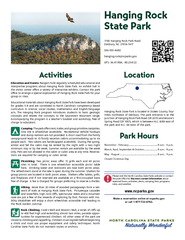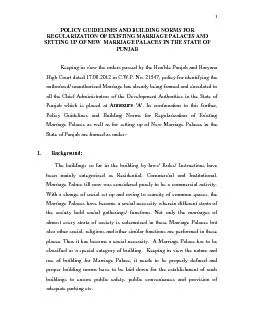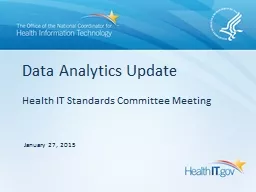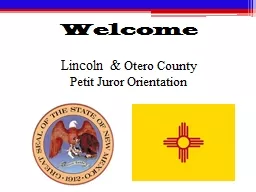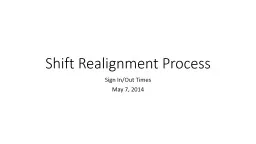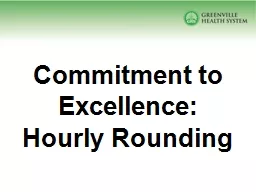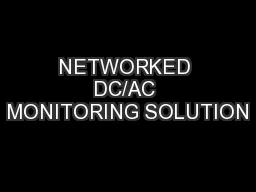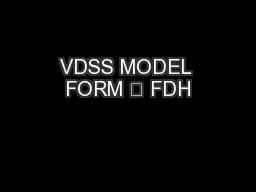PPT-Regularly Scheduled Series
Author : naomi | Published Date : 2023-11-22
Brooke J Taylor MPH Director CME Beaumont Health August 12 2016 Background How long have you been involved with CME lt1 year 13 years 35 years gt5 years gt10 years
Presentation Embed Code
Download Presentation
Download Presentation The PPT/PDF document "Regularly Scheduled Series" is the property of its rightful owner. Permission is granted to download and print the materials on this website for personal, non-commercial use only, and to display it on your personal computer provided you do not modify the materials and that you retain all copyright notices contained in the materials. By downloading content from our website, you accept the terms of this agreement.
Regularly Scheduled Series: Transcript
Download Rules Of Document
"Regularly Scheduled Series"The content belongs to its owner. You may download and print it for personal use, without modification, and keep all copyright notices. By downloading, you agree to these terms.
Related Documents

